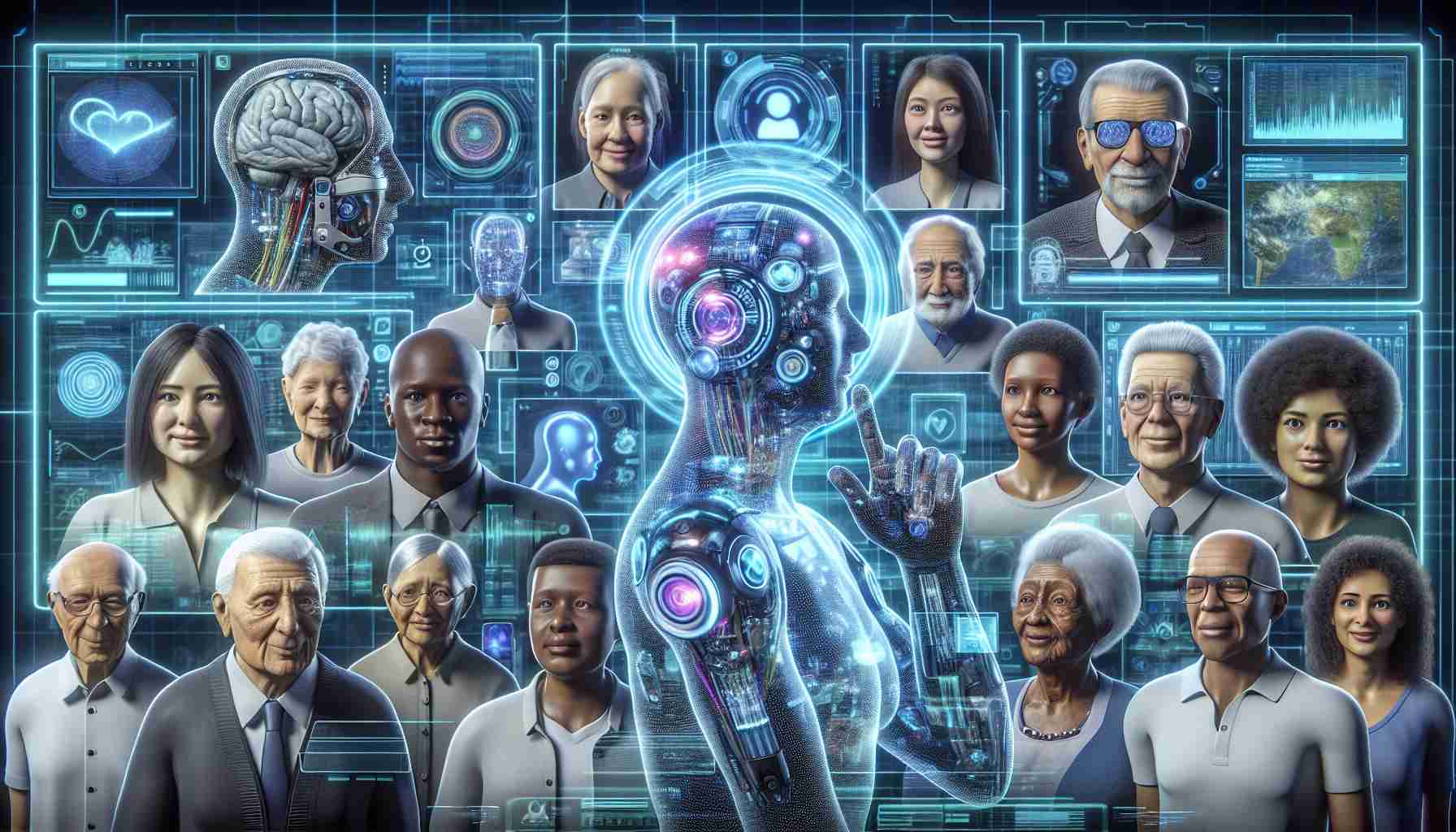Researchers continue to push the boundaries of artificial intelligence, with one of the most heartfelt achievements being the use of AI to aid individuals with speech impairments to communicate effectively once again. This leap forward comes in the form of advanced technology that empowers millions of people with speech challenges to converse with natural-sounding voices, facilitating clearer and more fluent communication.
Yoris Kastermans, the founder and CEO of Whispp, has a personal connection to this innovation. Kastermans, who himself has a mild stutter, recognized that whispering could allow individuals with similar speech impediments to communicate smoothly. Building on this insight, he developed the Whispp app, a calling platform that harnesses voice technology and AI to assist those with vocal disabilities and stutters.
The technology was a game-changer for George Coster, who suffers from vocal cord paralysis. Whispp enabled Coster to hear his own voice as it once was, creating an emotional experience of reconnection with his own speech. Users of Whispp have the flexibility to either adjust their voice in real-time within the app or opt to use previously-recorded quality speech samples.
The application isn’t just about restoring the past; it’s also about facilitating real-time connections. Rood van Noorden, who lost his entire voice box through surgery, found a new lease on life with Whispp’s AI technology, which allowed him the joy of hearing his voice again, all in real-time. The application extends to phone and video calls, substantially widening its impact.
Kastermans envisions a future where conversations for those with speech difficulties flow naturally, without delay or hindrance, and where Whispp becomes a universal tool on computers and smartphones worldwide. For him and many others, this technology isn’t just about refining a whisper—it’s a means to significantly enhance the quality of life for countless individuals.
Current Market Trends:
The market for assistive AI technologies for individuals with speech impairments is growing, driven by advances in natural language processing (NLP), machine learning, and the increasing prevalence of smart devices. There is a trend towards the integration of these AI technologies into everyday devices, such as smartphones and smart home systems, making them more accessible to a broader audience.
Forecasts:
The demand for these technologies is expected to increase as the global population ages, leading to a rise in speech-related disorders. Additionally, the market is likely to witness greater investment in R&D, resulting in more innovative solutions that cater to diverse needs. According to market research reports, the speech and voice recognition market could see substantial growth in the coming years, with some forecasts predicting it to reach a multibillion-dollar valuation by the end of the decade.
Key Challenges:
One of the main challenges faced by AI technology in restoring communication abilities is ensuring that the solutions are accurate, reliable, and sensitive to the nuances of human speech. Another challenge is making these technologies affordable and accessible to all, regardless of socioeconomic status. There are also ethical considerations, such as privacy concerns and the potential for misuse of the technology.
Controversies:
There are controversies around the data used to train these AI systems, with potential biases that may arise from limited or non-inclusive datasets. Moreover, concerns about the dehumanization of communication and over-reliance on technology for basic human interactions persist.
Important Questions:
– How does this technology adapt to different languages and accents?
– What measures are in place to protect users’ privacy and data security?
– Can these AI systems support individuals with complex speech disorders?
– How does the technology account for emotional and social aspects of communication?
Advantages:
– Enhanced communication capabilities for individuals with speech impairments.
– Increased independence and improved quality of life.
– Emotional benefits such as reconnecting individuals with their voices or providing the ability to speak for the first time.
– Real-time assistance which can be used across various modalities, including phone and video calls.
Disadvantages:
– Potential lack of personalization for each individual’s unique needs.
– The risk of technology failing during critical communication moments.
– Financial barriers limiting access to advanced AI technologies for some individuals.
– Over-dependence on technology potentially undermining traditional speech therapy methods.
For those interested in exploring further information on innovative AI technology in the field of speech impairment, you can visit the following links:
– AI for Good
– Whispp’s Official Website
– American Speech-Language-Hearing Association
The source of the article is from the blog trebujena.net

